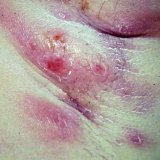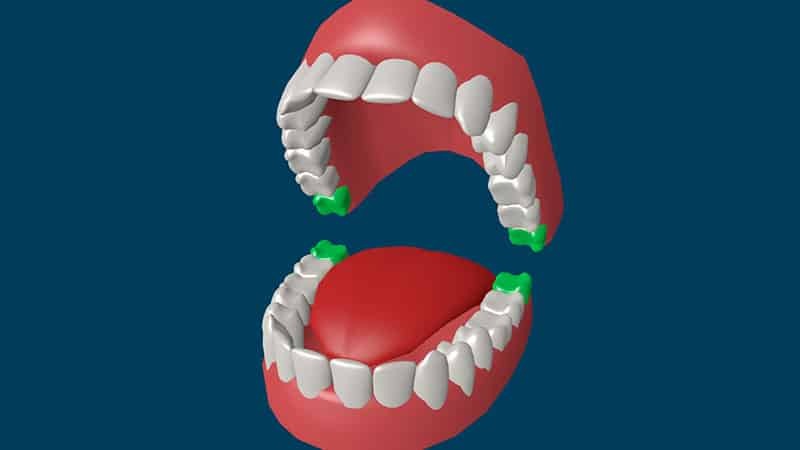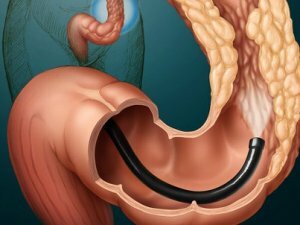Pathogens and sources of surgical infection

Ways and sources of infection.
Sources of surgical infection and the way it is spread by doctors are very easy to find, but it is much more difficult to reveal their significance and frequency when we contact a surgical infection. We will try to find out the problems that concern the ways of spreading and sources of infection, and also to determine some considerations for monitoring and interpreting the results of our studies.
There are such pathogens of infection as a pathological focus in which microorganisms can reproduce. It should be noted that it is necessary to distinguish the focus from reservoirs, where microbes are able to accumulate, but do not provide an opportunity, to substantial reproduction.
Having studied everything thoroughly, we decided that the sources are classified as follows:
It is worth noting that Professor Williams has proved that all these sources of infection interact with each other: the carrier of an intrahospital infection can be a patient, as a result, auto infection can subsequently develop.
In order to understand the role of each source of infection, it is necessary to properly understand the mechanism, which clearly shows how the source leaves the microorganisms. In occasion of the causative agent of staphylococcus, while no one can say anything about him, because at the present time certain information has not been collected about him. We also do not know if a person can be a carrier or a spreader of infection. If everything was clear with this, there would be an opportunity to prevent the spread of Staphylococcus aureus from hospital staff and patients.
We are interested in the ways of spreading the infection, concerning both surgical wounds and the emergence of asymptomatic reservoirs. Microorganisms leaving the source can be transported, along the following routes: through air, direct contact, allow from puncture sites in gloves or bare hands;Through other types of non-living environment;Indirect contact, let's assume that the sterilized material is not too large.
We need to determine the significance of each species in the hospital room or in the operating room and do not forget that one path does not completely exclude the other.
The most common method of assessing the pathways of infection is by locking one of the ways, then see if it helped reduce infections. There have been many cases when this method did show positive results, but there were constant difficulties of interpretation.
Infectious agents.
Pathogens of a surgical infection are capable of causing virtually all types of surgical infection. They can come from some sources, and go in different ways. Therefore, it is considered that the surgical infection is multifunctional. Because of this, it is difficult to assess the infection. First, if we start blocking an important path, the infection can continue to spread, if not block the remaining remaining pathways. Secondly, not every source acts simultaneously, the same with its path, that is, the source is able to act only when there is an open path from it. Therefore, the path can have any meaning only in cases where the source is sufficiently fed. So if we take any measure to eliminate this factor, at the moment of its inactivity, we will get a negative result and really will not be able to reveal anything, but only make an inaccurate and hasty conclusion.
There are plenty of examples of this kind. Let's take at least one: precautions for the spread of aerobic infection. The patient is placed in an isolated ward and allocated for him a special operating room for isolated patients. The positive effect of these measures can only be given if the sick patient has a lot of pathogenic aerobic. On the contrary, if the staphylococcus spreads from the skin by contact, these measures will not play a big role and most likely will be inadequate. Of all the above, yet, the most common vector of surgical infection is a person, besides, he can be both a carrier and a distributor. It is precisely with the help of such a person that it is necessary to determine as precisely as possible the sources and their ways of spreading the infection.
Static character is another difficulty in evaluating ways. When the frequency of infections undergoes different fluctuations or begins to gradually decrease. Therefore, first of all, you need to accumulate a sufficient number of observations and only then receive the necessary static result. But to do this, you have to spend a lot of time, while during which other conditions should be absolutely unchanged.
You can not talk about the above, that there is no way to get an estimate, because it's difficult to reveal something. The main thing to remember is that positive results will be of great importance for both the doctor and the patient, rather than negative ones, which in any case can not always be applied to the formulation of general patterns.



